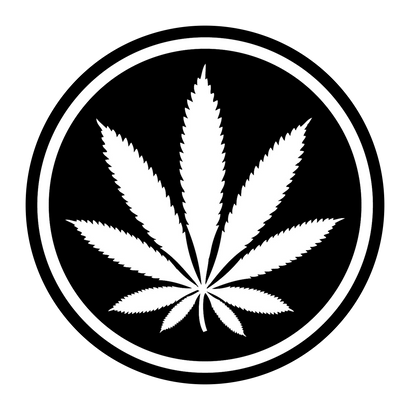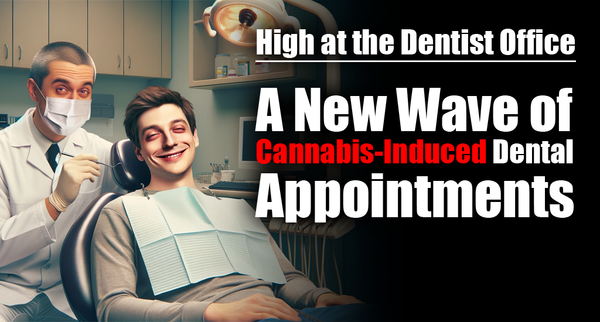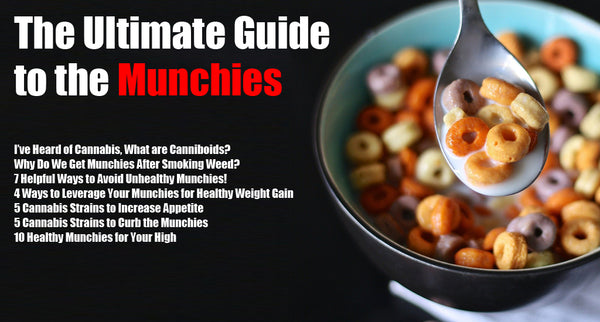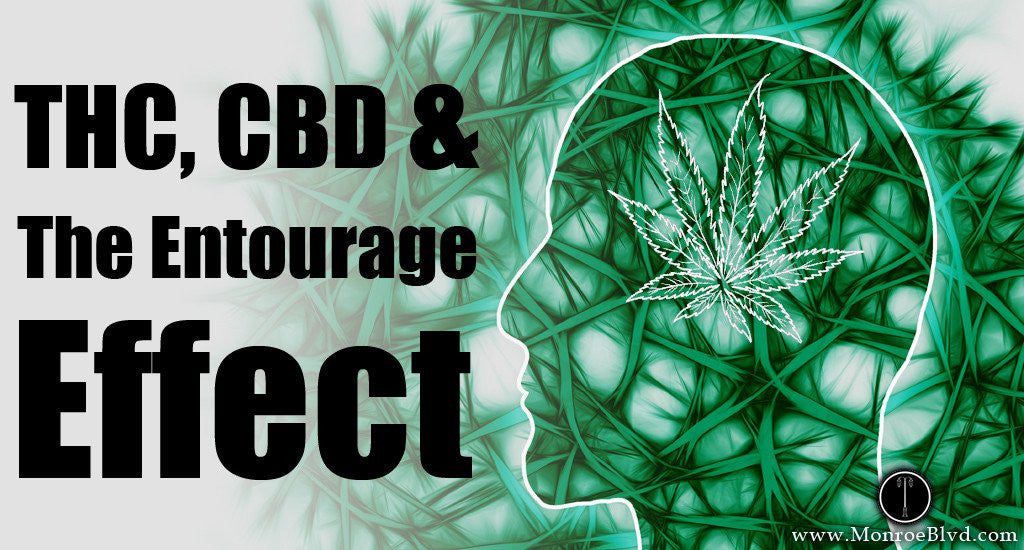
THC and CBD, and the Entourage Effect!
As the years go by, debates surrounding the use, cultivation, and regulation of cannabis continue. It's only recently that we've seriously delved into its medicinal potential. Numerous studies reveal that the benefits of this widely known plant far exceed previous expectations. Individuals dealing with daily seizures, shakes, or tremors may find rapid relief through its use.
Major Cannabinoids in Cannabis
THC and CBD are the primary active compounds in the cannabis plant, offering potential benefits for physical, mental, and emotional well-being. They may help reduce daily stress and alleviate chronic ailments, allowing users to lead more vigorous lives.
Now, let's provide a brief overview of the various cannabinoids found in cannabis:
-
THCA (tetrahydrocannabinolic acid): This acid, known as THCA, is the precursor to THC. It is presently not psychoactive, yet when exposed to heat or age, it is converted to its active form - THC. Studies are being conducted to explore its potential to treat nausea, seizers, and muscle spasms.
-
CBDA (cannabolic acid): This acid serves as the precursor to CBD. Just as THCA, CBDA does not produce psychoactive effects and is converted to its active form (CBD) when exposed to temperatures or over time. It has been researched for treating nausea, reducing inflammation and combating cancer cells..
-
CBN (cannabinol): As cannabis matures, THC is slowly converted to CBN, which can be beneficial for promoting sleep and controlling pain..
-
CBGA(cannabigerolic acid): CBGA, a precursor molecule, is converted to THCA and CBDA as cannabis plants develop. At maturity, CBGA is only present in trace amounts, while air and light exposure can cause the remainder of CBGA to transform into CGG.
-
CGB (cannabigerol): This cannabinoid is beneficial in treating depression, providing muscle relaxation, and reducing blood pressure.
-
CBC (cannabichromene): Found only in small amounts , this cannabinoid has pain-reducing, antibiotic and anti-fungal effects.
- THCV(tetrahydrocannabivarin): Comparing structurally and functionally, THCV differs from THC and research suggests it has potential to curtail appetite, abate diabetes, reduce panic attacks, slow Alzheimer's, and bolster bone growth.
What about THC and CBD?

Before we examine Tetrahydrocannabinol (THC) and Cannabidiol (CBD), let's look at the two main types of Cannabinoid receptors in the brain, CB1 and CB2. For the purposes of this article, only CB1 will be discussed.
What you need to know about CB1 receptors without getting into the scientific technicalities and medical details, is that the CB1 receptors are mainly found in Central Nervous System (brain), however it can also found in the lungs, liver and kidneys. CB1 receptors strictly bond with the THC chemical found in Marijuana producing the psychoactive properties.
Related article: How to choose marijuana strains - Marijuana strain guide
TETRAHYDROCANNABINOL (THC)
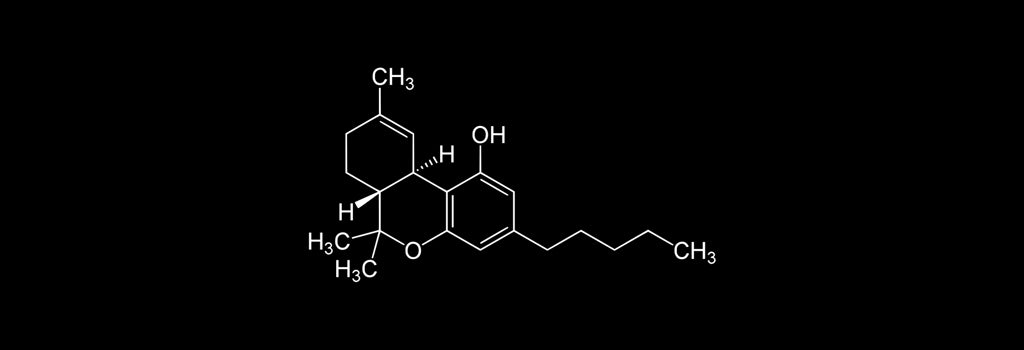
THC is a psychoactive compound in marijuana that activates CB1 receptors, resulting in a euphoric sensation, both mentally and physically. This specific compound binds to CB1 receptors, offering relief from physical and psychological discomfort.
When consumed, THC binds with CB1 receptors, producing various psychological effects commonly referred to as the 'high.' Researchers have noted that CBD's affinity for the CB1 receptor is weaker or nonexistent compared to THC.
In 2016, a study indicated that small amounts of THC might actually enhance memory capabilities.
It's essential to understand that THC's effectiveness is often enhanced when combined with CBD, and it should not be the sole factor in determining the quality of cannabis when visiting a dispensary.
Cannabidiol (CBD)

CBD is the second most abundant cannabinoid in marijuana, after THC, and it offers various medical benefits. Unlike THC, which can produce psychoactive effects, CBD is considered non-psychotropic. While CBD doesn't directly affect brain activity, it can still be categorized as psychotropic due to its impact on the body.
CBD doesn't cause a mind-altering high like THC does. Studies suggest that CBD can partially block the activation of CB1 receptors by THC, but research on cannabinoids' interactions with the brain is still in its early stages.
In the realm of alternative medicine, there's a growing focus on using the entire cannabis plant for therapeutic purposes. Research has indicated the potential of the 'entourage effect,' where multiple cannabis compounds work together for a more comprehensive healing experience. Cannabidiol (CBD) is one such substance that moderates the effects of Tetrahydrocannabinol (THC).
What is the "entourage effect"?
CBD has been the subject of numerous medical studies because of its potential to serve as a therapeutic aid for serious health issues without causing intoxication. Dr. Sanjay Gupta, an American neurosurgeon and CNN's chief medical correspondent, explored the 'Entourage Effect' of marijuana in one of his articles, explaining that the cannabis plant contains over 480 natural components, with 66 identified as 'cannabinoids,' including THC and CBD.
It's essential to recognize that the synergistic effects in cannabis are not solely attributable to THC and CBD. Terpenes also play a crucial role, which is why some individuals prefer 'full-spectrum' concentrates, as they are believed to provide the complete synergistic effect of the strain, as opposed to THC/CBD isolates.
However, replicating these terpene profiles in a lab is challenging because there are potentially more than 200 terpenes in cannabis, with some unidentified isomers. While non-cannabis plant-derived terpene blends may come close, they cannot perfectly recreate cannabis profiles but can mimic many synergistic effects. Research papers, like the one mentioned, have been thorough in explaining these benefits.
Scientists believe that all these components of the cannabis plant likely have therapeutic effects, potentially more impactful together than any single compound alone. While the precise mechanism isn't yet fully understood, evidence suggests that these components work better in tandem.
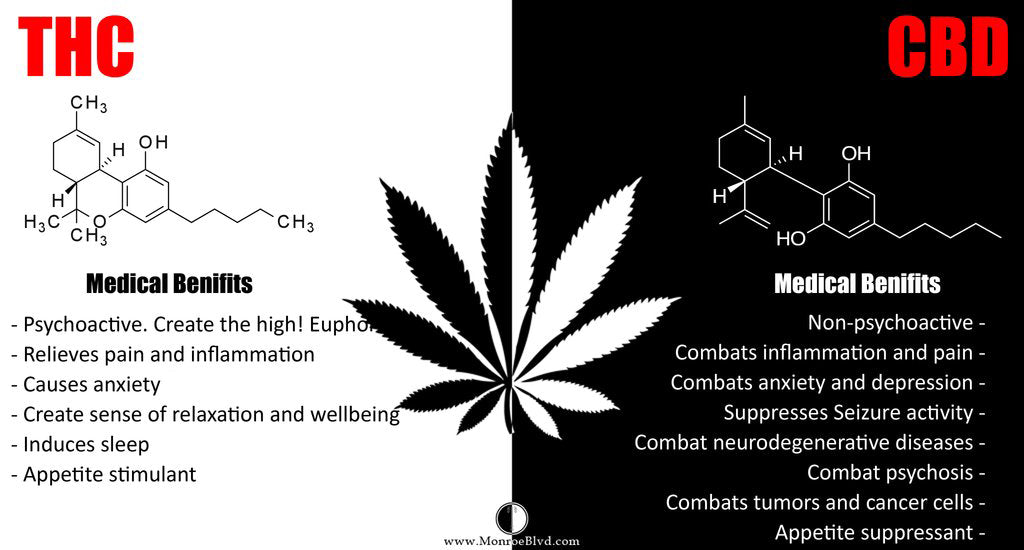
This is crazy; although it's a non-psychoactive component, Project CBD reported in more in depth details, "the scientific and clinical researches - much of it sponsored by the US government - underlines CBD can be a treatment for a wide range of conditions. Including but not limited to; arthritis, diabetes, alcoholism, MS, chronic pain, schizophrenia, PTSD, depression, antibiotic-resistant infections, epilepsy, and other neurological disorders. And non-psychoactive aspect can be an appealing option to many who see organic treatment.
CBD has shown most promising for pain management. There will continue to be research into the specifics of CBD, but some studies have shown that CBD attaches to specialize receptors in the brain and immune system. CB2 is one of the receptors and more importantly serves an important role managing pain in the immune system. A study in 2008 suggested CBD and its effects could play an important role in managing chronic pain (check out Cannabinoids in the management of difficult to treat pain). With rapid legalization on the rise in the United States, it is vital to keep an eye on scientific developments.
In a study conducted by the Journal of the American Medical Association found that a wide variety of CBD concentrates sold online were inconsistent with their labeling. Of the products tested, 26% contained less CBD than labeled, which would have negated the intended health effects. Similarly, there is a problem with overlapping CBD products, suggesting a continued need of research and regulation (check out Labeling Accuracy of Cannabidiol Extracts Sold Online).
Bottom Line
Find the right THC/CBD ratio for you. Next time you're in a dispensary trying to find the right cannabis strain for you, take into consideration the level of THC AND CBD combined, apart from the type of "high" each one of them will give you. Also, think about any symptoms of pain or anxiety that you would like help dealing with those factors can also help determine which ratio and strain are most ideal.
High THC and low CBD can work the best for you, but try to be adventurous and experience different marijuana strains with different level of THC and CBD. It's fun and may provide you a better experience than previously believed. Marijuana can be used to treat numerous physical and mental ailments from fibromyalgia to PTSD.
Moreover, it can be used recreationally to increase your artistic ability, creativity or just to remove writer’s block!
Stay toasty my friends
